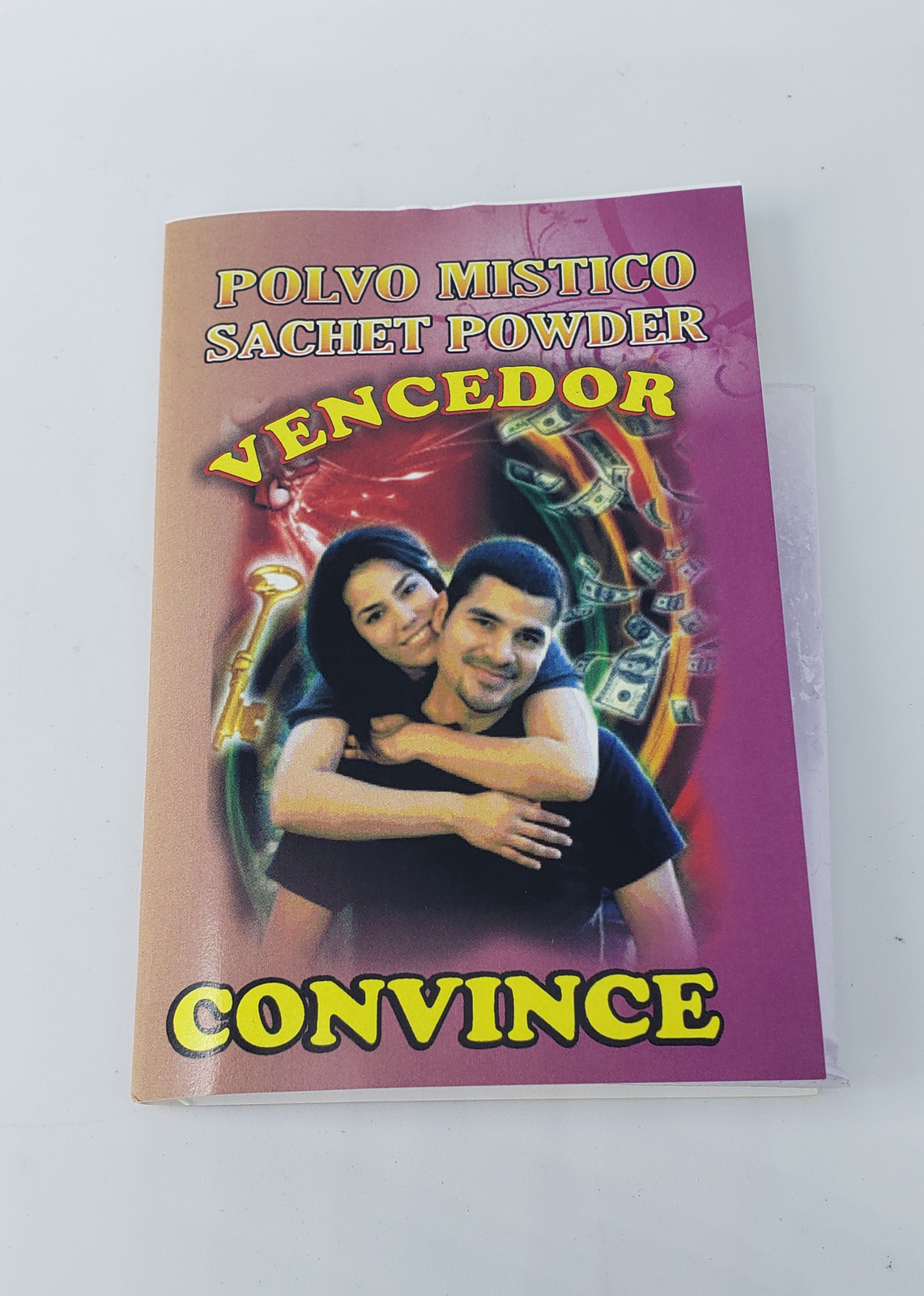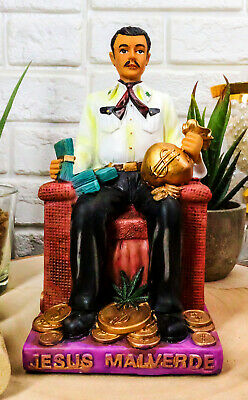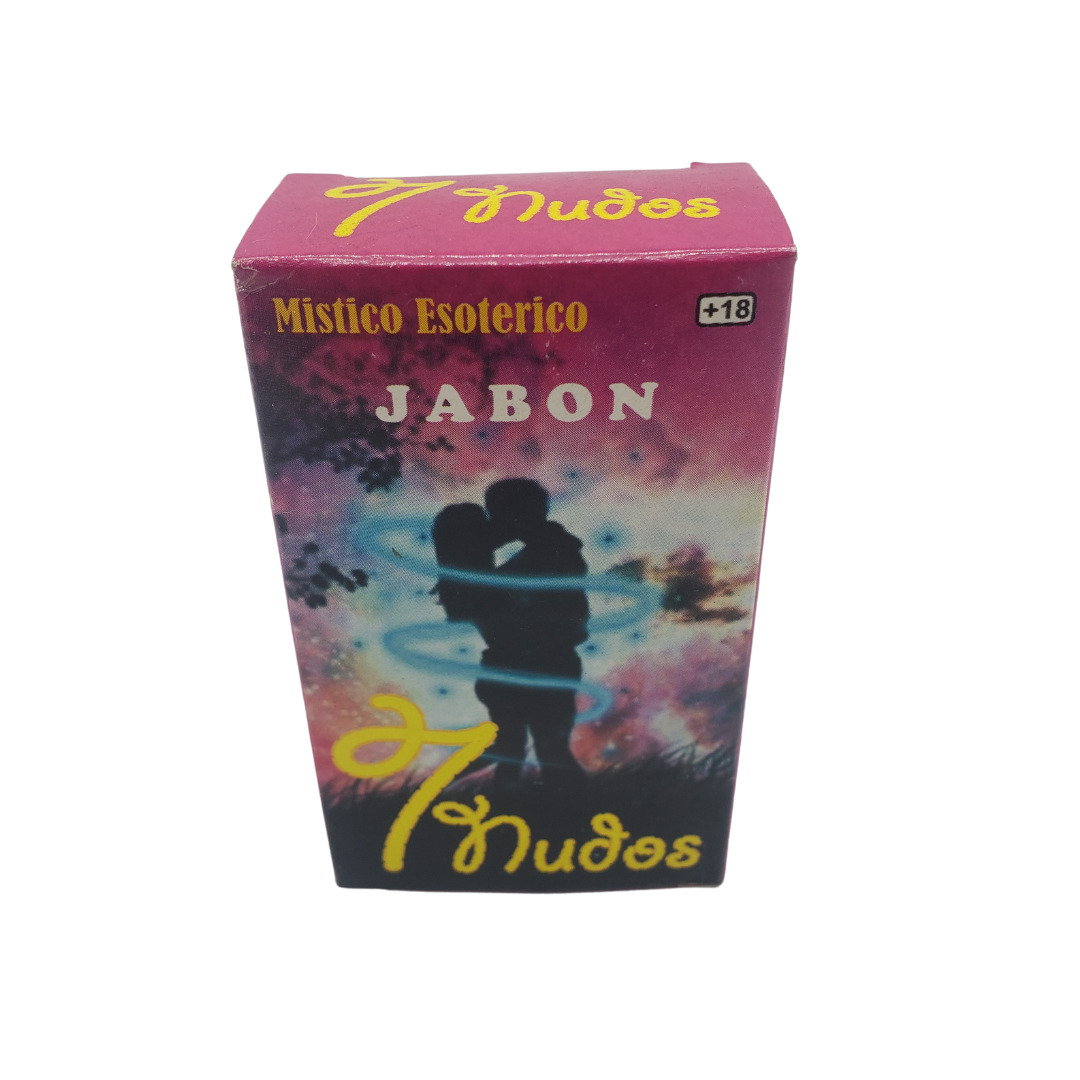-40%
Shaman snake Lash 13 whips
$ 26.4
- Description
- Size Guide
Description
TASHUURLash-mogoy (Shaman snake Lash of 13 whips)
13 tails.
Length about 50 cm, weight about 163 g.
The snake is the personification of the shaman's connection with other worlds. The lash consists of 13 snakes (mogoi), in addition, it itself symbolizes a magic snake. Snakes are considered the embodiment of lus (water spirits), the earth is the abode of one or more huge yellow snakes, whose footprints became riverbeds in ancient times.
The shamanic lash Tashuur is a tool that strikes or dissects harmful energy, and then sweeps it away, an object that has the ability to turn everything harmful into useful.
Fabric, wool. Handwork
During the shaman's journey to the Lower World, dangers await him in the form of the souls of the dead, eating living people. Harnesses in the form of large snakes or monsters of the underworld protect the shaman. Snakes serve as a tool that drives out evil spirits.
Many scarves and ribbons, which symbolize snakes, were sewn to the caftan of the Altai shaman. Some of the ribbons were in the shape of a snake's head with open mouth and eyes. Sometimes these snakes had a forked tail or one head for three. According to the Altaians, an experienced Shaman with a successful "career" should have one thousand and seventy such snakes on his suit.
According to the Udege, it was the mythical snake Muduli or Mudur that created the rivers and seas, it is also the keeper of water and heat.
Images of snakes (mogoi). Transbaikal, in particular, the Agin shamans had in their set flagella in the form of snakes, one of them depicted an abarga mogoy - a dragon with many heads. They served to ride the shaman in the other world. The shamans of the Western Buryats sewed such snake-flagella onto the shaman's costume.
Snakes made of fabric are necessarily sewn onto the Tuvan hamnaar tone (costume), sometimes they are replaced with ribbons or braids.
Snakes personify the shaman's guardian spirits, and the more of them, the more the shaman was considered stronger - it is more difficult to defeat him.
ABARGA MOGOY
Shaman costume pendant
Abarga Mogoi (Buryat Mongol), Avraga Mogoi, Avarga Moga (Kalm.), Amyrga Mogus, Temir Mogus, Amyrga Moe (Tuvin.).
According to the beliefs of the ancient nomads, the deity of the water element, on which the fate of a person in the arid steppe directly depends, most often took the form of a dragon or a huge snake, which is often called by the Buryats and Mongols Abarga Mogoy (the king of all snakes on Earth). The cemeteries of dinosaurs, in the Mongolian Gobi desert, for example, served as clear evidence of the existence of such creatures. The inhabitants of Lake Baikal considered the cracks that appeared in the ice blocking the lake in winter, and the noise and roar accompanying this phenomenon to be a manifestation of its vital activity. This animal was considered the spirit - the master of Lake Baikal and served as a totem for many peoples of the Baikal region. In the old days, in the spring, during the ice drift, the inhabitants of Lake Baikal even organized a holiday of seeing off the Great Serpent to the North.
In the beliefs of the Mongolian peoples, thunder is the roar and gnashing of teeth of Abarga Mogoy, and lightning occurs when he quickly twists and straightens his tail.
Abarga Mogoy can act both as an underwater space giant and as a chthonic monster. Such characters are united into a group of mythological giants: the king of birds is Khan Garudi, the king of snakes is Abarga Mogoi, the king of fish is Avraga Dzagarsan.
Abarga Mogoy is the shaman's assistant and serves as a guide to the other world.
In addition to snakes, various bells were sewn on the tone (costume) to drive away evil spirits, iron pendants, animal paws and their teeth, feathers - all this symbolized the shaman's helper spirits.




















